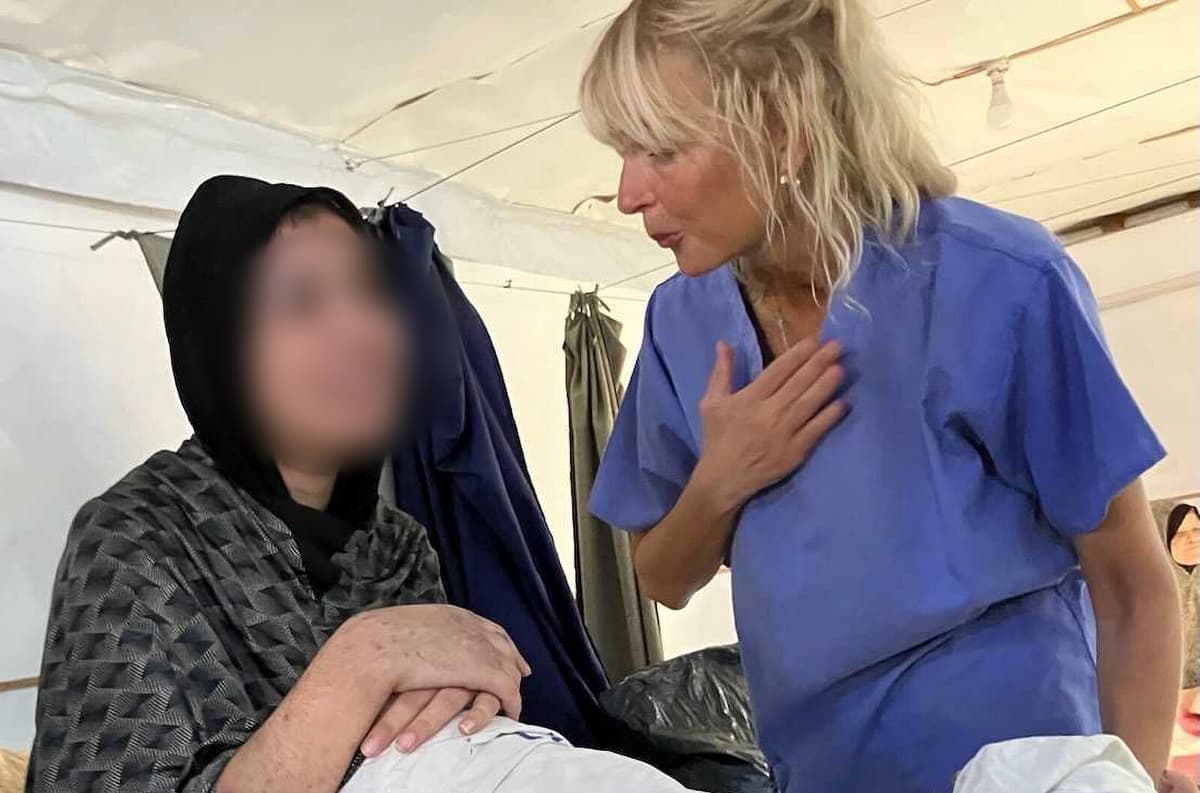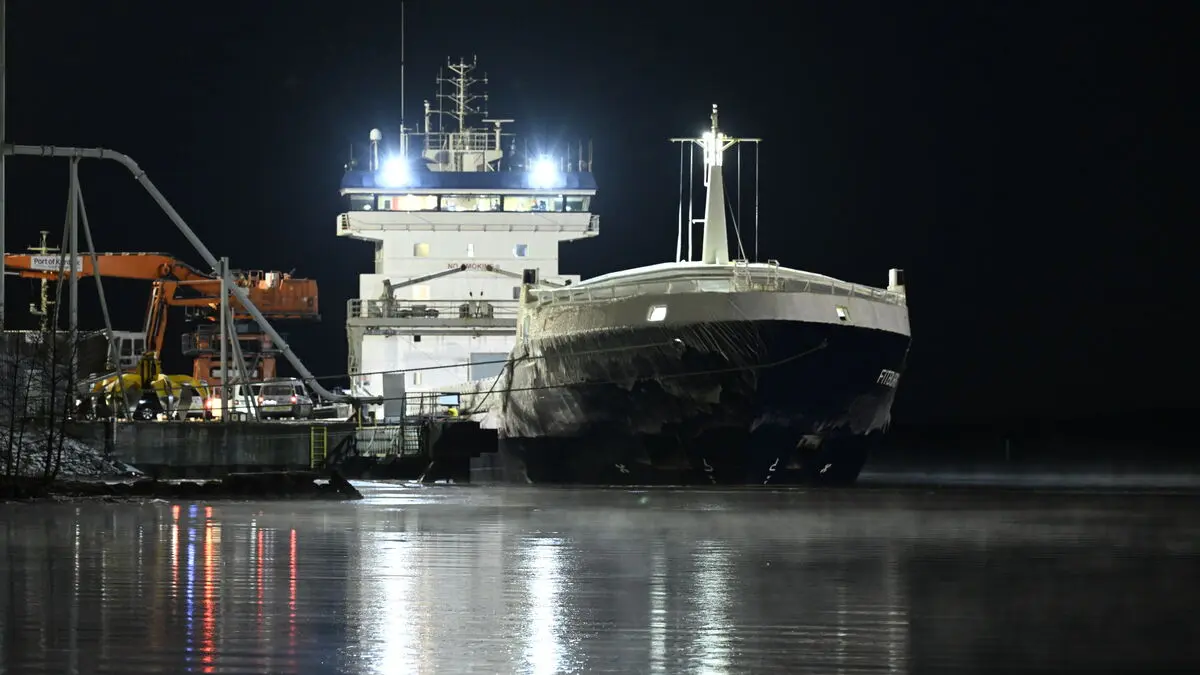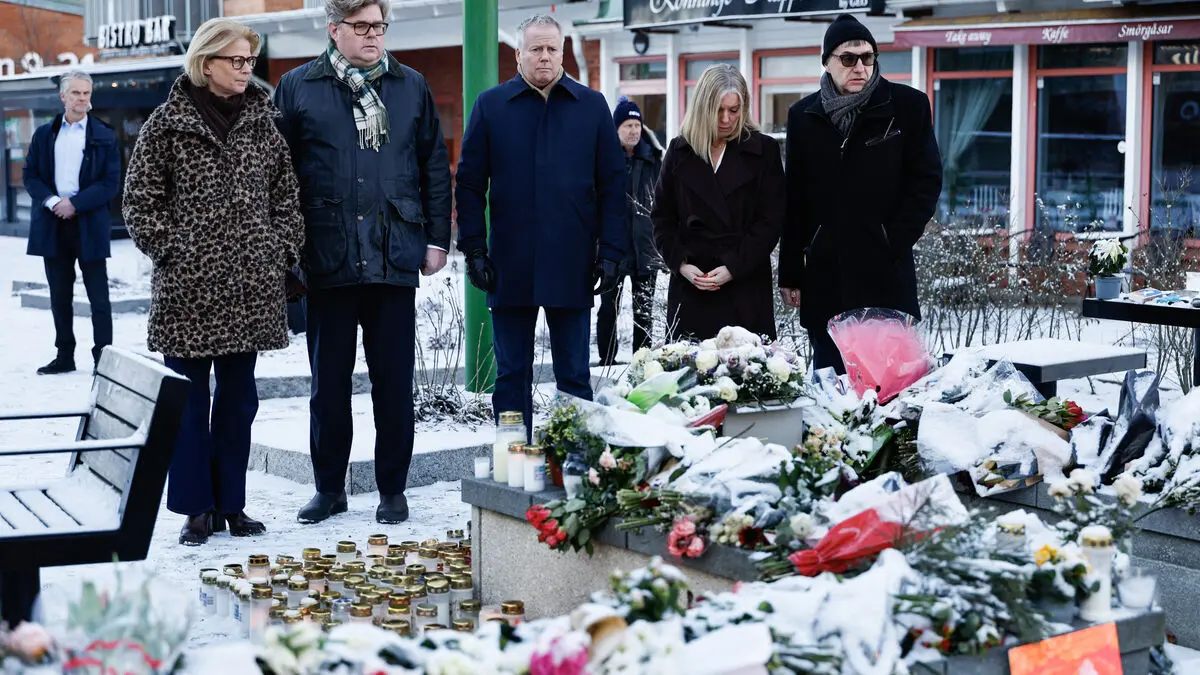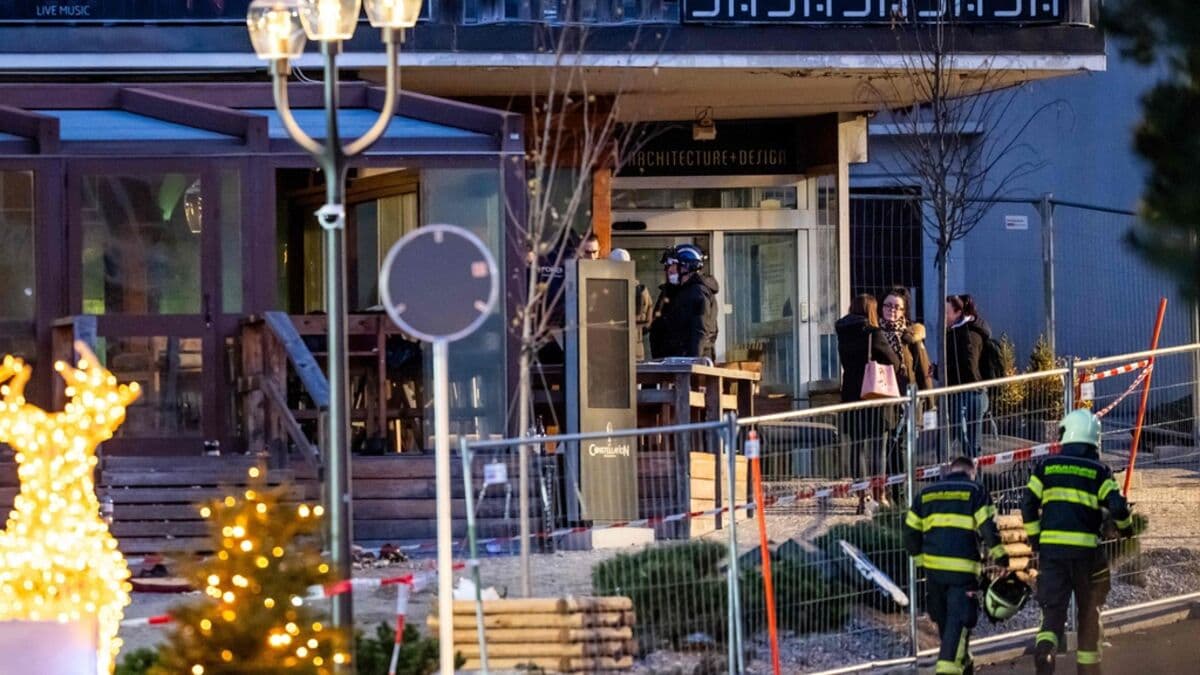In her daily life, Märit Halmin is an intensive care doctor at Södersjukhuset in Stockholm. She also has extensive experience of healthcare in war zones, countries with great poverty that also characterizes the healthcare system.
The Gaza Strip is different. There, the healthcare system was of relatively high class before the war.
It's not that our organizations can't afford to buy good materials. The reason for the shortage is that nothing is allowed into Gaza – nothing.
So, you have to use what was in stock before the war, period. This makes the work very random and uncertain.
We had endless amounts of colostomy bags, we had no shortage of those, says Märit Halmin.
But I had no AA batteries, so I couldn't have a lamp when I intubated.
Medical warehouse bombed
As another example, she tells that the World Health Organization (WHO) had an old medical warehouse in Gaza that you could try to order from.
They tried to dispense according to need. I was waiting for a delivery from there – the day after, the warehouse was bombed and burned down completely, with everything that was there.
I have never lived under such stress, when it comes to resources.
The field hospital where Märit Halmin worked is located in al-Mawasi, a humanitarian zone declared by Israel.
It's called that, but we got a lot of mass casualty incidents due to explosions in the tent camps right next door.
It's not a safe zone in any way. I heard bombs around the clock, rattling machine guns, drones sending missiles...
She describes the field hospital as very simple, located near the Mediterranean coast.
You could see the sea, but absolutely couldn't go there. I couldn't move outside the hospital.
It's on sand. All healthcare is provided in tents, including the operating room. The sand is blowing up all the time. It's hard to pull stretchers, or even walk or hop on crutches in the sand, of course.
Starved and underweight
Therefore, you often have to carry patients, even to surgery.
Everyone is starved and underweight, so they are easier to carry than they would have been in Sweden, notes Märit Halmin.
She came home to Sweden at the end of July, after working in the Gaza Strip for five weeks. On site, she had mostly local, Palestinian colleagues.
They can't have my perspective, that now I'm doing this for five weeks and then I'm going home. They will never get out of there and never know when this will end.
And despite all the cruelty of the war, Märit Halmin sees a glimmer of hope in how her Gaza colleagues handle the tragic and seemingly hopeless situation.
That they can maintain some kind of work morale – and joy of life, actually, or at least the will to live – is fantastic.
It shows in some way the human will, that you don't give up – it's almost like an act of resistance to continue living.





